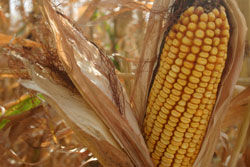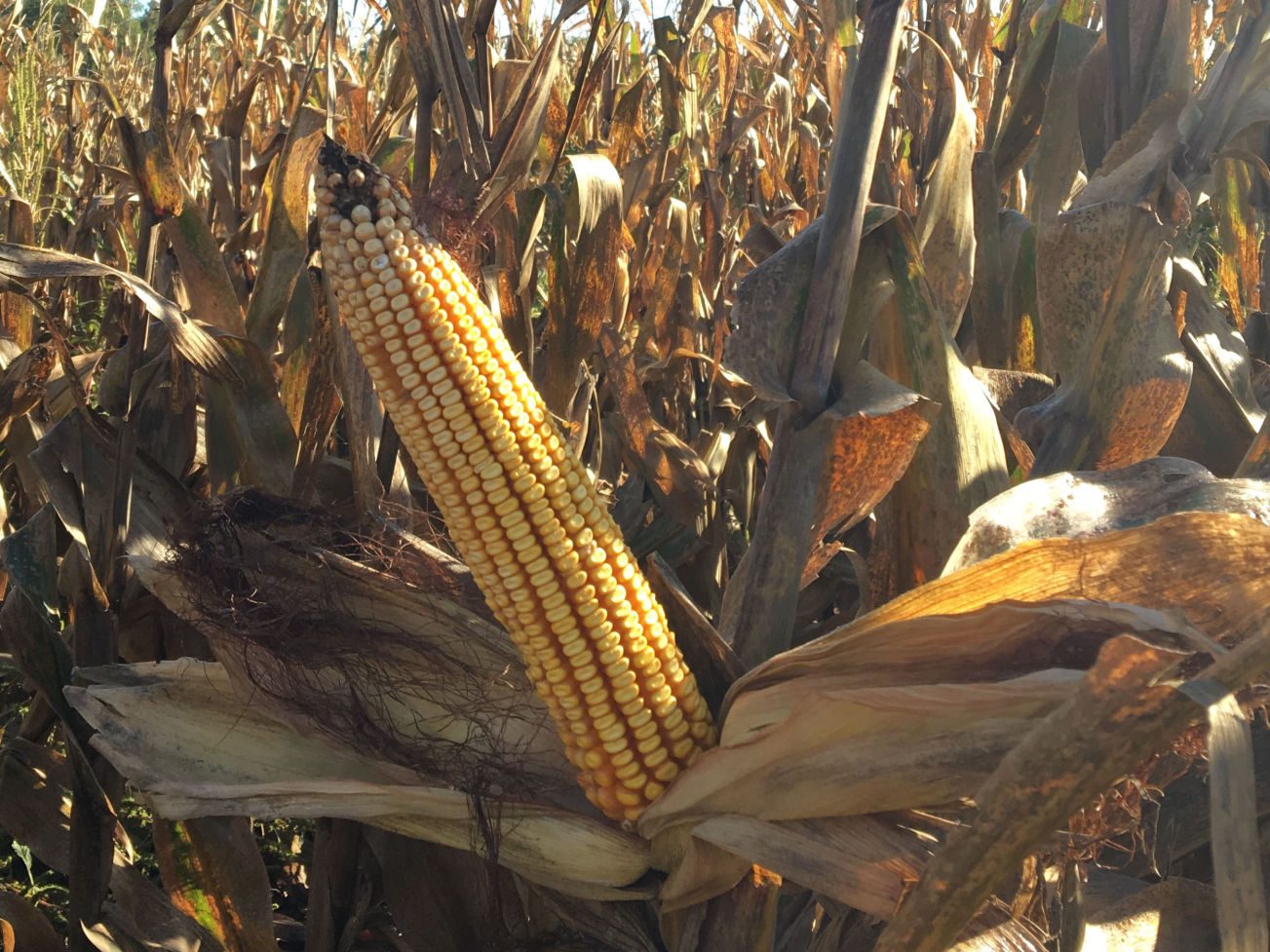After months of complaints, demands and slow-walking grain inspections in the Black Sea, Russia allowed an agreement under which it had permitted Ukraine to export grain via the Black Sea to expire on July 17, sending wheat prices up.
The price of corn, Ukraine’s other major ag export, is about 40% over what it was before the Ukraine conflict began. Ukraine is also a major exporter of sunflower oil, but most of that goes to Europe via rail.
Wheat futures on the Chicago commodities markets rose by 6% in response to the news. They remain below those of a year ago, however.
The original deal, called the Black Sea Grain Initiative, was brokered by the United Nations, Russia and Turkiye in July 2022, allowing Ukrainian grain blocked by the conflict to be exported safely. About 33 million metric tons of grain were exported under the deal—16.9 metric tons of corn and 8.91 metric tons of wheat. About 44% went to middle- or high-income countries including Turkiye, Spain, Italy, the Netherlands and China. The World Food Program sent 725,200 metric tons, or 2.2% of the supplies shipped through the corridor, as aid to countries experiencing hunger such as Ethiopia, Afghanistan, Somalia and Yemen.

Russia had complained for months about the deal, saying its fertilizer exports continued to be targeted despite being included in the deal. In recent days Russia had asked that the Russian Agricultural Bank be allowed to rejoin the international SWIFT banking transfer system, from which Russia was excluded in the early days of the Ukraine conflict. Russia also demanded the resumption of supplies of agricultural machinery and parts, the lifting of restrictions on insurance and reinsurance, the resumption of a key ammonia pipeline and the unblocking of accounts of Russian companies involved in food and fertilizer exports.
However, Turkiye and China, both friendly to Russia, are both major destinations for Ukrainian—and Russian—grains.
Ukraine’s export capacity
Before the conflict, Ukraine was exporting roughly 25 to 30 million tons of corn a year, mostly through the Black Sea, and 16 to 21 million tons of wheat. In 2021, Russia and Ukraine were the world’s first- and fifth-largest wheat exporters, respectively.
Michael Magdovitz, a commodity analyst at Rabobank, told Barron’s that Ukraine has increased its capacity at backup grain terminals near the mouth of the Danube River as much as eightfold. From there, exports can reach the Black Sea through neighboring Romania or Moldova. Ukraine can achieve about 80% of its prewar grain export through alternative routes shielded from Russian attack, Magdovitz said.
Grain terminals hit with missile attacks
On July 18, Russia sent missiles to attack grain terminals in the Ukrainian port of Odesa for several days in a row. Russia claimed the attacks were in retaliation for an attack on the Kerch Bridge linking Crimea with mainland Russian territory, calling its missile attacks a “mass revenge strike.”
Ukraine said its air defenses destroyed 14 out of 23 cruise missiles the first day, along with 23 out of 34 Iranian-made Shahad attack missiles. According to Ukrainian news sources, the missile attacks destroyed as much as 60,000 tons of grain in warehouses at the port of Chornomorsk, just south of Odesa—enough to feed more than 270,000 people for a year, according to the World Food Program. German Foreign Minister Annalena Baerbock said of the missile attacks, “Every one of [Putin’s] bombs also hits the world’s poorest.”
A local governor said the grain terminals of an agricultural enterprise in Odesa region were hit by air on the fourth day of attacks, with 100 tons of peas and 20 tons of barley destroyed, according to Reuters.
“This attack proves that their target is not only Ukraine and not only the lives of our people. About a million tons of food is stored in the ports attacked today,” Ukrainian President Volodymyr Zelensky said. “This is the volume that should have been delivered to consumer countries in Africa and Asia long ago.”
Threats to shipping
At the same time, Russia said it would regard any vessel in the Black Sea as potentially carrying military cargo. Ukraine made a similar announcement the next day.
But in an official letter dated July 18 submitted to the United Nations shipping agency the International Maritime Organization, Ukraine said it had “decided to establish on a temporary basis a recommended maritime route. Its goal is to facilitate the unblocking of international shipping in the north western part of the Black Sea,” Vasyl Shkurakov, Ukraine’s acting minister for communities, territories and infrastructure development, said in the letter.
However, it is not clear whether shippers will take the risk or to what extent Ukraine can provide security. Ukraine’s transport minister claims that the country has enough land-based transport routes to export all its grain, but using rail and truck would make it much more expensive. Among other things, former Soviet countries use a different railway gauge than EU countries. When exported via the Black Sea, Ukrainian grain is among the world’s cheapest.
David Murray can be reached at [email protected].




